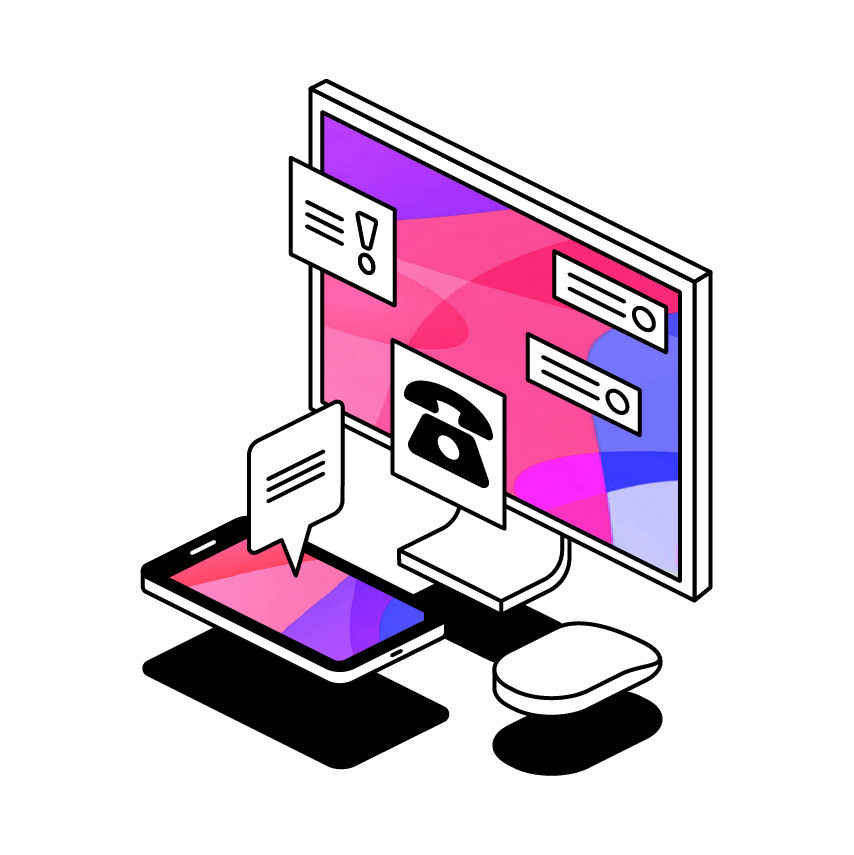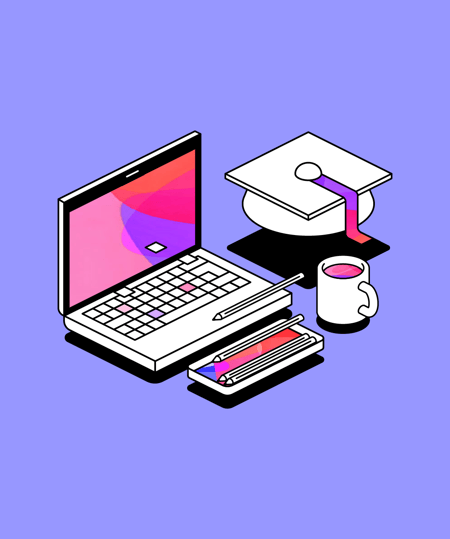How Assistive Technology helps students with ADHD/ADD achieve independence
You can’t pause, slow down, or rewind a lecture if you lose concentration. Learn how this prevents students with ADHD from achieving their academic potential.
 2 min read
2 min read
 Published: 8 Apr 2019
Published: 8 Apr 2019
 Luke Garbutt
Luke Garbutt


The Problem with Lectures
You can’t pause a lecture. You can’t slow it down. And you can’t rewind it if you lose concentration and miss an important point.
These basic realities of the lecture format are often what prevents students with ADHD from achieving their full academic potential, as the problems that present themselves during a lecture can also crop up in other study settings too.
It’s something we’ve been focusing on as a company since we were founded in 2007. That’s why we developed our first solution to the problem with Sonocent Audio Notetaker. We have know developed Glean a web based audio note taking tool.
So we want to get straight into how you can improve classroom experiences through assistive tech by looking at how it can help hurdle the following common obstacles:
- Working Memory
- Concentration
- Sensory Overload
- Study Skills
Through proper implementation of AT, you could see a dramatic improvement in student independence and, ultimately, GPA and attainment.
1. Working Memory
Retaining and reflecting on information presented in the classroom is a building block of learning. So if you’re experiencing problems with working memory, it’s safe to assume that this will be a real barrier to absorbing what you’ve heard and seen in a lecture.
But what if you had the reassurance that all the material from a class was available to review afterwards?
Capturing audio in a lecture is nothing new. It’s been around as long as the portable tape recorder. However, developments in technology have made what was once a cumbersome and time-consuming review process straightforward and relatively quick.
When spoken phrases are automatically visualized as chunks, which you can color highlight and annotate as you record, you’ll probably find coming back to the recording a more valuable experience.
– No longer will your ability to retain information in the moment negatively impact your studies
2. Concentration
The same goes for lapses in concentration. If focus gets lost, it can be easy to disengage from what’s happening and resign yourself to missing out. But by using Glean to flag these moments and return to them later, you’ll stand a better chance of keeping up.
The extract feature is something that could help when it comes to reviewing material, too. It allows the user to separate highlighted portions of audio into a new workspace, making it that much easier to revisit content that might have been missed the first time.
3. Sensory Overload
Sensory overload is a problem common to other conditions, such as ASD or anxiety, and it’s probably one of the most serious threats to classroom engagement. While institutions have got better at making learning environments less problematic for these students, it’s still the case that stimuli could cause distractions.
If noises in the classroom are straining students, having the ability to access easily editable and cleanable audio is something we’ve found to be of benefit. So being able to slow speech down, eliminate background noise and generally make a recording clear and free of distractions can have a real impact.
But as we discuss in a separate piece on our blog about implementing AT, there are plenty of non-digital solutions that you could make available to students with this issue. It’s always worth looking at a problem from every angle.
4. Study Skills
Organization, note taking and other fundamental study skills might be lacking for students with ADHD/ADD, especially if accommodations provided previously have encouraged passive learning. But strong study skills are absolutely crucial to independence in higher ed. So having technology or software that makes their development easier is a real benefit.
Glean is designed to scaffold the learning process. This makes it easier for students to build note taking skills from the ground up. Having all lecture material (including slides, audio and written notes) in one workspace can also help with organization.
This is how Glean has addressed some of the common barriers students with ADHD/ADD experience, and we’re always looking at what we can do to make the higher ed experience better for students with this and other conditions that affect their learning.
Written by Luke Garbutt

More from Disability Services
View All
 4 min read
4 min read
Working with faculty: 6 common questions for implementing Glean in higher education
To help facilitate conversations with faculty members and allay any concerns around introducing Glean to your institution, we’ve curated six common topics of discussion alongside responses to maximise positive outcomes.

 2 min read
2 min read
Access All Areas: How Anoka-Ramsey Community College use Glean
Disability and Accessibility Specialist Heather Dibblee is dedicated to advocating for the rights of underrepresented students who may feel unheard. In part two of our Q&A series we explore how Glean is used within her institution.

 3 min read
3 min read
Higher Education and Disability: an interview with Joseph Madaus & Lyman Dukes III
Gleanster, Mais Wilsher, recently sat down with Joseph Madaus and Lyman Dukes III, Professors at the University of Connecticut and the University of South Florida to discuss their latest research publication, Higher Education & Disability.





